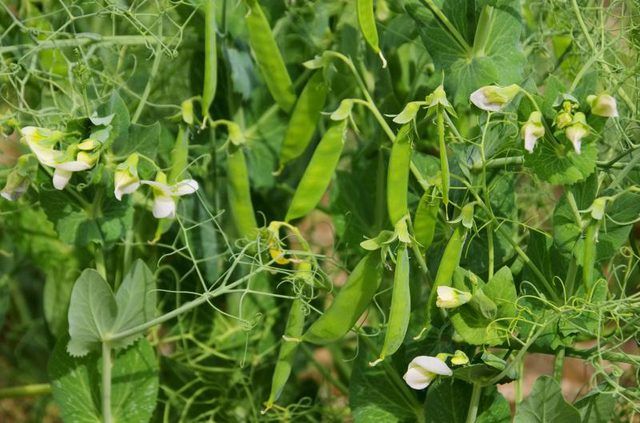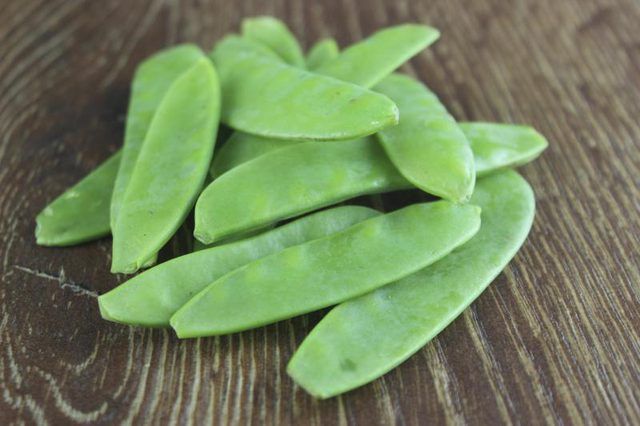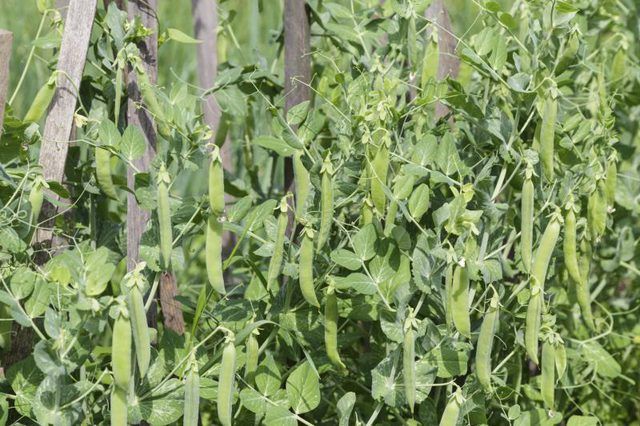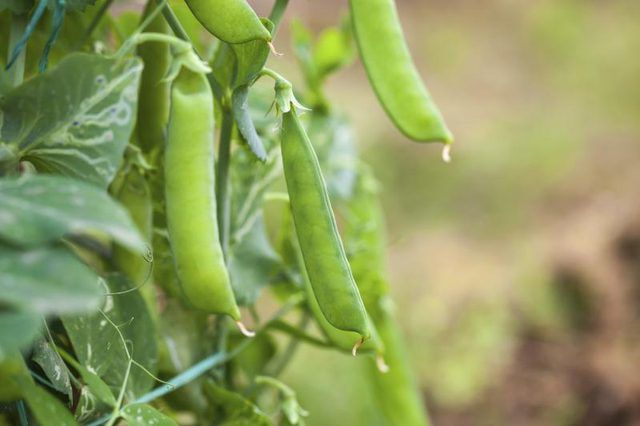Bulbs
Flower Basics
Flower Beds & Specialty Gardens
Flower Garden
Garden Furniture
Garden Gnomes
Garden Seeds
Garden Sheds
Garden Statues
Garden Tools & Supplies
Gardening Basics
Green & Organic
Groundcovers & Vines
Growing Annuals
Growing Basil
Growing Beans
Growing Berries
Growing Blueberries
Growing Cactus
Growing Corn
Growing Cotton
Growing Edibles
Growing Flowers
Growing Garlic
Growing Grapes
Growing Grass
Growing Herbs
Growing Jasmine
Growing Mint
Growing Mushrooms
Orchids
Growing Peanuts
Growing Perennials
Growing Plants
Growing Rosemary
Growing Roses
Growing Strawberries
Growing Sunflowers
Growing Thyme
Growing Tomatoes
Growing Tulips
Growing Vegetables
Herb Basics
Herb Garden
Indoor Growing
Landscaping Basics
Landscaping Patios
Landscaping Plants
Landscaping Shrubs
Landscaping Trees
Landscaping Walks & Pathways
Lawn Basics
Lawn Maintenance
Lawn Mowers
Lawn Ornaments
Lawn Planting
Lawn Tools
Outdoor Growing
Overall Landscape Planning
Pests, Weeds & Problems
Plant Basics
Rock Garden
Rose Garden
Shrubs
Soil
Specialty Gardens
Trees
Vegetable Garden
Yard Maintenance
What Is the Difference Between Snow Peas & Snap Peas?
What Is the Difference Between Snow Peas & Snap Peas?. If you enjoy growing vegetables, then don't overlook snow peas and snap peas (Pisum sativum var. macrocarpon). They don't produce ordinary, round, green peas. Instead, they both offer special kinds of peas with edible pea pods that have a crunchy texture and slightly sweet flavor. Depending on...
If you enjoy growing vegetables, then don't overlook snow peas and snap peas (Pisum sativum var. macrocarpon). They don't produce ordinary, round, green peas. Instead, they both offer special kinds of peas with edible pea pods that have a crunchy texture and slightly sweet flavor. Depending on the cultivar, snow peas and snap peas share some similarities, but a few significant differences exist between the two plants and their peas. Both plants grow as annuals in all U.S. Department of Agriculture plant hardiness zones.

Although snow peas and snap peas both have edible pea pods, their pods aren't exactly the same. The snow pea pod is especially large, up to 5 inches long. It is broad, flat and quite thin, and the best time to pick it is when the peas are young, before they are large enough to produce a visible bulge in the pod. Snap pea has a narrower pod that is quite fleshy but also crisp, which is why the plant was named "snap pea." The best time to pick snap peas is when the pods are full-size and filled with young but well-developed peas.

Like all pea varieties, snap and snow pea plants grow as trailing vines that have tendrils capable of attaching to a support. Snap pea vines, however, tend to be quite tall and need a support, either a trellis or fence. They also do well when allowed to attach to wires or wire fencing strung between stakes driven into the ground. Some snow pea varieties have shorter vines than those of snap peas and can grow well without any support. For example, the snow pea cultivar "Oregon Sugar Pod II" has vines that are only about 28 inches long or tall, while the cultivar "Snowbird" has even shorter vines, about 18 inches.

Both snow and snap peas are cool-season crops, thriving during cool spring or fall weather. Plant either type early in spring, as soon as soil can be worked, or in early fall while time remains for a crop before winter arrives. Both plants are frost-resistant and aren't damaged by subfreezing temperatures that last only a few hours. Snap peas also resist a short hot spell well, growing a bit faster in warm temperatures but still producing a sweet, crunchy crop. Because snow peas need picking before the peas grow inside the pods, they're a bit more sensitive than snap peas to heat that lasts more than one or two days, and the heat can result in slightly tough snow pea pods that contain mature peas.

Snow and snap peas grow in any type of garden soil, provided it is well-drained. They need even moisture to set a good crop and do best with about 1 inch of water weekly, including rain. Provide supplemental water during dry spells, but avoid overhead watering to lower the risk of fungal disorders. Instead, use a soaker hose or drip-irrigation system. Adding a 3-inch-thick layer of organic mulch, such as straw or shredded bark, on their soil helps conserve soil moisture and also keeps down weeds that compete for moisture. Don't allow the mulch to touch the plants.
